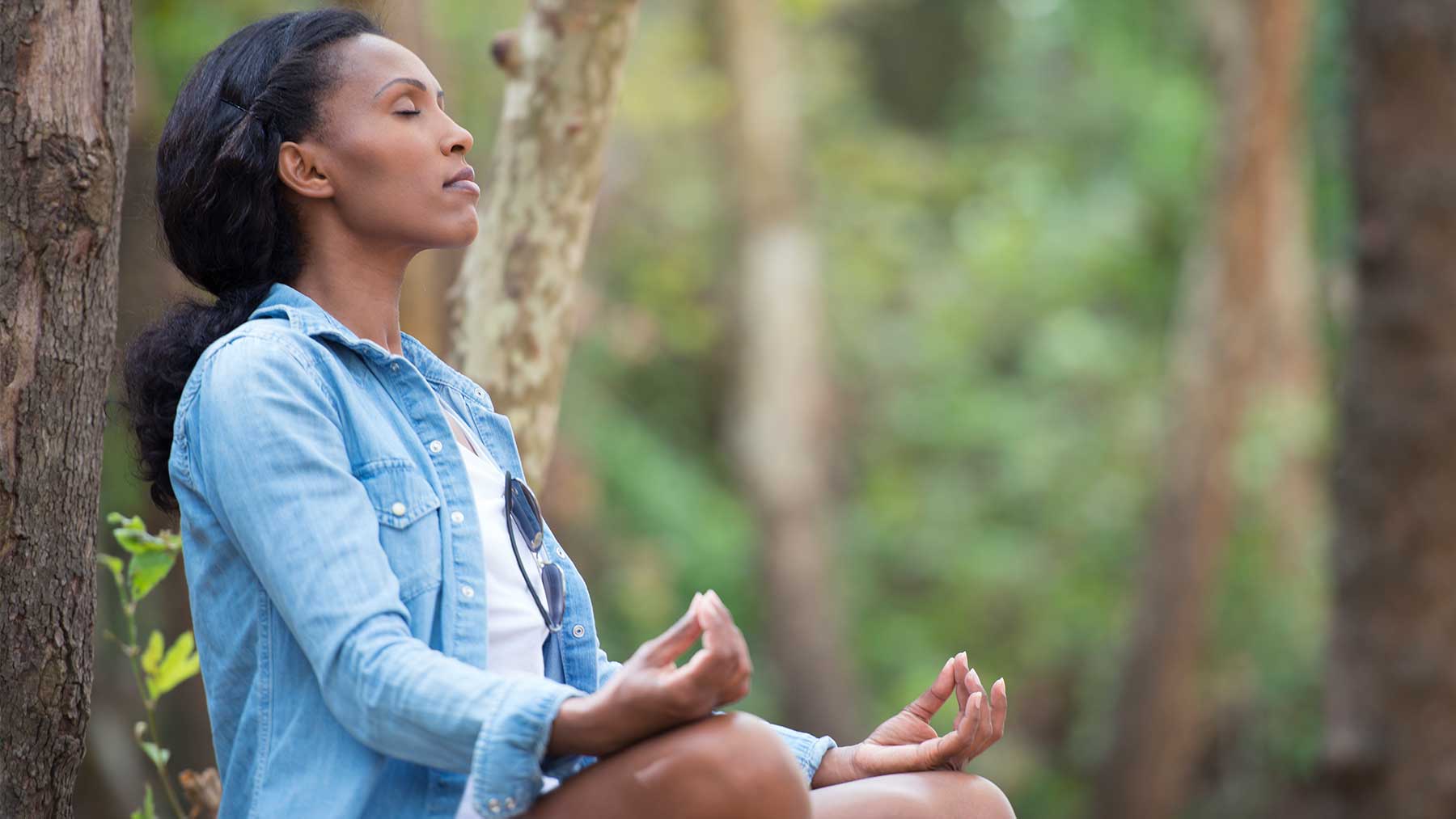How to get started with mindfulness
 Mindfulness is one tool I rely on to help my counseling patients. It can benefit you, too.
Mindfulness is one tool I rely on to help my counseling patients. It can benefit you, too.
Daily meditation has transformed my life, and I’m intrigued and excited by all the attention that being mindful is getting in our country.
We’ve all seen advice about how to stay present – not mindless – in various scenarios: while eating, reading, grilling, wrapping presents, washing dishes. The list goes on.
My guess is that people are overwhelmed by the pace of modern life and looking for ways to return to some calmness.
If you’d like to begin being more mindful or want to expand on techniques you’ve tried, I’ve put together a simple, stress-free guide to get you started.
What exactly is mindfulness?
We’ve all had the experience of being aware of what’s happening while it’s going on. Think of enjoying a sunset on vacation.
One of the best ways to increase your ability to be present in the moment is to practice mindful meditation.
When you meditate, you simply focus your attention on something.
How do you meditate? A step-by-step beginner’s guide
- Choose a comfy spot (but not too comfy)
Whether you perch on a cushion on the floor, sit on a chair or lie on your bed, pick a posture you can maintain without it being distracting or putting you to sleep. Keep your back tall when sitting, but you don’t have to be ramrod straight.
- Pick a focus
Breathing is the most common thing people choose to pay attention to. Just breathe normally. Other possible focal points: the sensations you feel throughout your body or the sounds you hear.
- Minimize distractions
Tell people you live with that you’re taking a break. Block pets from the room (although I’ve mediated with my cat curled on my lap). Turn off your phone. Treat these minutes as precious.
- Build endurance
Listening to a short, guided meditation recording is a great way to try out meditating. I still love to use recordings. You’ll likely be shocked by how much your mind wanders at first. It doesn’t mean you’re terrible at meditation!
My colleagues and I have put together a collection of recordings to guide you.
- Or take a structured approach
I took a class to learn to meditate, with eight weekly meetings and 45-minute daily meditation sessions at home. You can find free and paid classes online, along with meditation groups to join.
- Notice your thoughts
You can have thoughts in your head while being mindful. The goal is not to clear your mind. Instead, try to be aware that you’re thinking but bring your attention back to your breath. I like the idea of picturing thoughts as clouds that you let pass without clinging to them.
- Be kind to yourself
This is critical. Don’t beat yourself up if your thoughts drift to your meeting later. Don’t criticize yourself for tripping and causing the pain in your foot. Think of the kind, gentle training you might give to a new puppy until it learns new habits. Give yourself a little appreciation for taking the time to meditate.
How to be mindful throughout your day
Start right now with small steps and build up.
- Once an hour, stop to focus on the moment.
- Choose a routine activity and try always to notice all the details about it. I like to use hand washing.
- When stressed, opt for a meditation session instead of zoning out with the TV or your phone. You might feel temporarily distracted by mindless activities, but they won’t provide long-term benefits.
- Try yoga. It’s a great way to practice mindfulness, since you pay attention to how your body feels in poses.
When you’ve become comfortable meditating 30 minutes or more a day, applying your ability to your daily life should really take off.
The benefits of being mindful
Why do all of this? Let me tell you about the results that my patients and I have experienced.
- A calmer mind
You’re not trying to make your mind blank, but you’ll appreciate the calmness from observing your experiences, thoughts and feelings, instead of judging them.
- Better stress and pain management
Instead of letting anxiety overwhelm you, you learn to ground yourself with the breath. Eventually, you’ll be able to watch what anxiety is like – feelings, thoughts, and physical sensations, such as a racing heart – without being overwhelmed by it. You get better at accepting your current experience, not allowing pain or worry to ruin your day.
- Improved ability to take care of yourself
Many people use mindfulness to avoid overeating or start better health habits. With exercise, your control can help you identify thoughts that get in your way (“Ack! I can’t breathe! I have to stop!”) and refocus your sensations (“That out of breath feeling means my lungs and heart are getting stronger!”)
- Easier connections with others
You get a lot of practice being kind to yourself and that naturally bleeds over to others. You’re more present when spending time with people and don’t miss life’s mini-moments as much.
- Less procrastination
One of my biggest benefits from improved focus is that I’m less likely to drag out tasks. You know, when you get coffee, check Facebook or answer email before starting your work.
- Better sleep
I used to be a terrible sleeper, spending about nine hours in bed to get enough sleep. With a 30-minute meditation before bed, I sleep soundly for about seven hours. Time spent meditating pays off.




